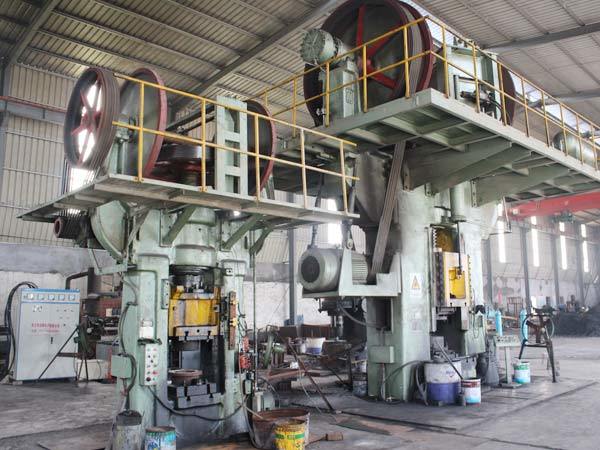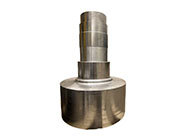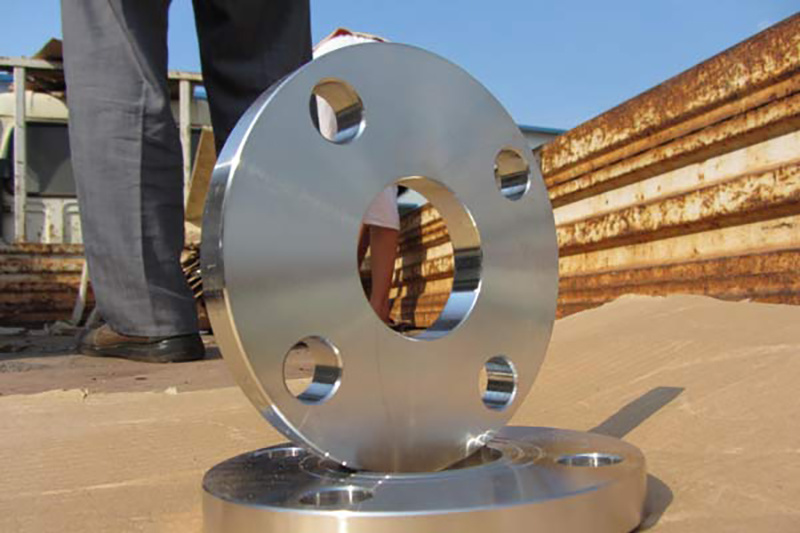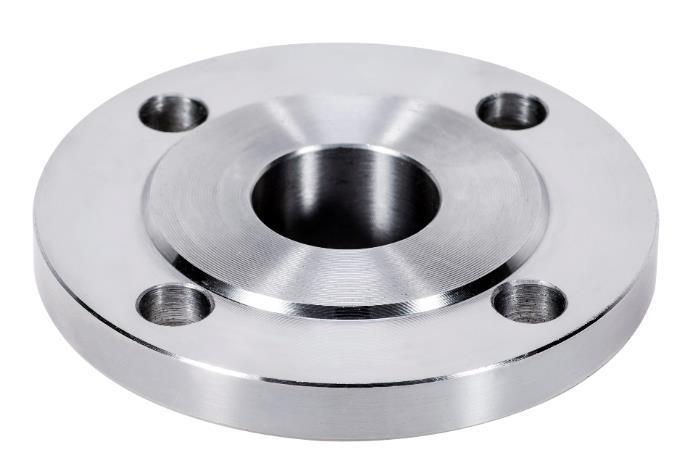The Advantages of Using Flat Flanges in Architectural Design: Enhancing Structural Integrity and Aesthetic Appeal
Release time:
2025-04-03
The Advantages of Using Flat Flanges in Architectural Design Table of Contents Introduction to Flat Flanges in Architecture Understanding Flat Flanges: Definition and Types Benefits of Using Flat Flanges in Architecture Enhancing Structural Integrity with Flat Flanges Design Flexibility and Aesthetic Appeal Cost-Effectiveness of Flat Flanges in Projects Applications of Flat Flan
The Advantages of Using Flat Flanges in Architectural Design
Table of Contents
- Introduction to Flat Flanges in Architecture
- Understanding Flat Flanges: Definition and Types
- Benefits of Using Flat Flanges in Architecture
- Enhancing Structural Integrity with Flat Flanges
- Design Flexibility and Aesthetic Appeal
- Cost-Effectiveness of Flat Flanges in Projects
- Applications of Flat Flanges in Modern Architecture
- Common Misconceptions about Flat Flanges
- Conclusion
- Frequently Asked Questions
Introduction to Flat Flanges in Architecture
In the realm of architectural design, **flat flanges** play a pivotal role in both aesthetics and functionality. These components are essential in joining pipes, tubes, and other structures, ensuring that designs are not only visually appealing but also structurally sound. As builders and architects seek innovative ways to enhance their projects, understanding the **advantages of flat flanges** is more crucial than ever.
Understanding Flat Flanges: Definition and Types
Flat flanges are flat pieces of material, typically metal, that serve as connectors in various construction applications. They are designed to be mounted onto pipes, vessels, or other surfaces, allowing for secure and tight fittings.
Types of Flat Flanges
There are several types of flat flanges, each serving different purposes:
- Slip-On Flanges: These flanges slip over the pipe and are welded in place, making installation straightforward.
- Blind Flanges: Used to seal the end of a piping system, preventing leaks.
- Weld Neck Flanges: Featuring a long neck that provides a smooth transition from the flange to the pipe, enhancing strength.
Each type has its unique advantages, making flat flanges versatile in various architectural applications.
Benefits of Using Flat Flanges in Architecture
Using flat flanges in architectural design comes with a myriad of benefits. Below, we explore the most significant advantages that make them indispensable in contemporary construction.
Improved Structural Stability
Flat flanges offer enhanced **structural stability** by distributing loads evenly across connected components. This characteristic is especially important in large structures where weight and stress are critical factors.
Ease of Installation
The simplicity of installing flat flanges contributes to faster project timelines. Their straightforward design means that construction teams can efficiently join different materials without requiring extensive modifications.
Reduced Risk of Leakage
In applications involving fluids or gases, flat flanges create a secure seal that minimizes the risk of leaks. This feature is crucial in maintaining safety and efficiency in various architectural applications.
Enhancing Structural Integrity with Flat Flanges
In architecture, **structural integrity** is non-negotiable. Flat flanges contribute significantly to this aspect in several ways:
Uniform Load Distribution
Flat flanges help in distributing the loads uniformly across the connected sections, thereby reducing stress concentrations that could lead to structural failures.
Resistance to Environmental Factors
Many flat flanges are made from materials that are resistant to corrosion and other environmental factors. This resistance ensures that the structural integrity is maintained over time, even in harsh conditions.
Design Flexibility and Aesthetic Appeal
Flat flanges are not just functional; they also provide significant **design flexibility**.
Versatile Aesthetic Options
Architects can choose from various finishes and materials for flat flanges, allowing them to match the overall design theme of the project. Whether it’s a sleek modern look or a rustic design, flat flanges can complement the aesthetic.
Integration with Other Materials
Flat flanges can be easily integrated with other materials, such as glass or wood, without compromising the overall design. This integration allows for innovative architectural solutions that enhance visual appeal.
Cost-Effectiveness of Flat Flanges in Projects
Investing in flat flanges can lead to considerable cost savings in the long run.
Reduced Material Waste
The precision of flat flanges means less material waste during installation. This efficiency not only reduces costs but also contributes to more sustainable building practices.
Long-Term Durability
Given their robustness, flat flanges tend to have a longer lifespan than other connection methods. This durability translates to lower replacement and maintenance costs over time.
Applications of Flat Flanges in Modern Architecture
Flat flanges find applications across various sectors within architecture.
Commercial Buildings
In commercial architecture, flat flanges are used for HVAC systems, plumbing, and structural connections, ensuring safety and functionality.
Residential Projects
Flat flanges are equally useful in residential designs, where they can be employed in plumbing systems and even decorative elements that enhance the home’s aesthetic.
Common Misconceptions about Flat Flanges
Despite their advantages, several misconceptions about flat flanges persist.
Misconception: Flat Flanges Are Only for Industrial Use
While flat flanges are commonly used in industrial applications, their versatility makes them suitable for various architectural designs, including residential and commercial projects.
Misconception: Flat Flanges Compromise Aesthetics
Some designers fear that using flat flanges may detract from the beauty of their designs. However, with the right choice of materials and finishes, flat flanges can enhance rather than hinder aesthetic appeal.
Conclusion
Incorporating flat flanges in architectural design offers numerous advantages, from improving structural integrity and providing design flexibility to ensuring cost-effectiveness. As the construction industry evolves, understanding and utilizing the benefits of flat flanges will undoubtedly lead to more innovative and sustainable architectural solutions. By embracing these components, architects and builders can enhance their projects, ensuring safety, functionality, and beauty.
Frequently Asked Questions
What are the primary materials used for flat flanges?
Flat flanges are commonly made from stainless steel, carbon steel, and other corrosion-resistant materials, allowing for durability and longevity.
Can flat flanges be used in high-pressure applications?
Yes, flat flanges are designed to withstand significant pressure and are suitable for high-pressure applications when properly selected and installed.
How do flat flanges compare to other types of flanges?
Flat flanges are generally easier to install and offer better sealing properties compared to some other flange types, making them a popular choice in various applications.
Are flat flanges customizable?
Absolutely! Flat flanges can be customized in size, material, and finish to suit specific project requirements and aesthetic preferences.
What maintenance is required for flat flanges?
Flat flanges typically require minimal maintenance. Regular inspections for corrosion or damage are recommended, especially in harsh environments.
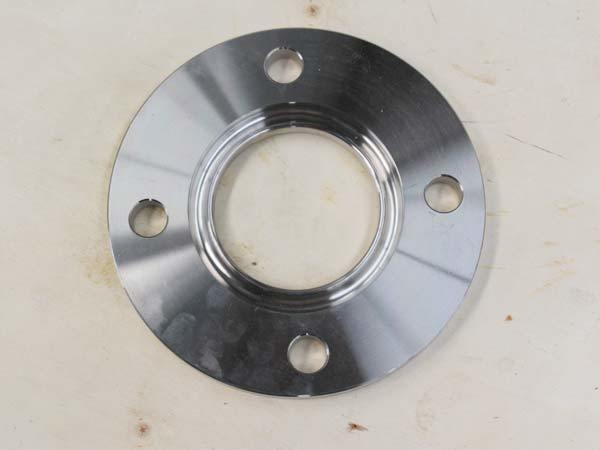
Previous
Latest developments
The Advantages of Using Flat Flanges in Architectural Design Table of Contents Introduction to Flat Flanges in Architecture Understanding Flat Flanges: Definition and Types Benefits of Using Flat Flanges in Architecture Enhancing Structural Integrity with Flat Flanges Design Flexibility and Aesthetic Appeal Cost-Effectiveness of Flat Flanges in Projects Applications of Flat Flan
Understanding Steel Industries Forgings: A Key Component in Construction and Decorative Materials
Forgings in the steel industry are a fundamental production technique that involves shaping metal through localized compressive forces. This process results in components that exhibit enhanced strength, durability, and resistance to fatigue compared to those produced through other methods, such as casting or machining. In the context of construction and decorative materials, steel forgings play a
Why Forging of Stainless Steel is Essential for Modern Industry
Why Forging of Stainless Steel is Essential for Modern Industry Table of Contents 1. Introduction to Stainless Steel Forging 2. Importance of Forging in Stainless Steel Production 3. The Forging Process: A Detailed Overview 4. Benefits of Forging Stainless Steel 5. Key Applications of Forged Stainless Steel 6. Innovations in Stainless Steel Forging 7. Environmental Imp
Understanding Non-Standard Flanges: An Essential Guide for Construction and Decorative Materials
Non-standard flanges, as the name suggests, are flanges that do not conform to widely recognized industry standards. While standard flanges are manufactured to meet specific dimensions, pressure ratings, and material compositions defined by organizations like ASME, ISO, or ANSI, non-standard flanges offer flexibility to cater to unique project requirements. This can include variations in size, sha
How Japanese Standard Flanges Boost Your Pipeline Efficiency: A Comprehensive Guide
How Japanese Standard Flanges Enhance Your Pipeline Efficiency Introduction to Pipeline Efficiency and Flanges In the world of industrial piping systems, **pipeline efficiency** is paramount. The integrity and performance of a piping system can greatly influence operational costs, safety, and productivity. **Flanges** play a crucial role in this efficiency, serving as a connection point between di
Understanding American Standard Flanges: Essential Insights for Construction Professionals
American standard flanges are critical components in piping systems, commonly used in construction and various industrial applications. These flanges serve as connection points for pipes, valves, and other equipment, ensuring a secure and leak-proof assembly. Understanding the specifications and applications of American standard flanges is essential for construction professionals involved in the d




